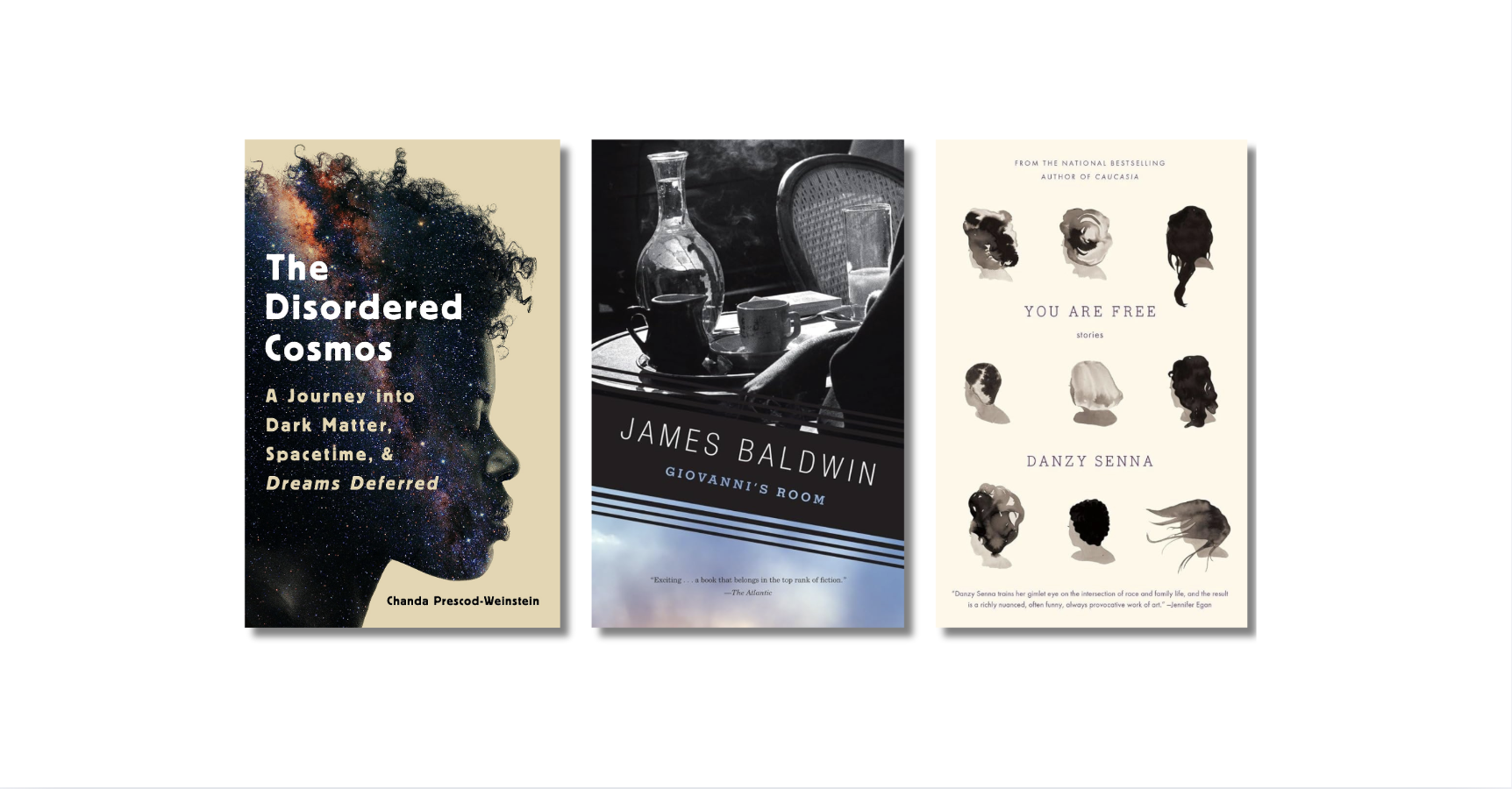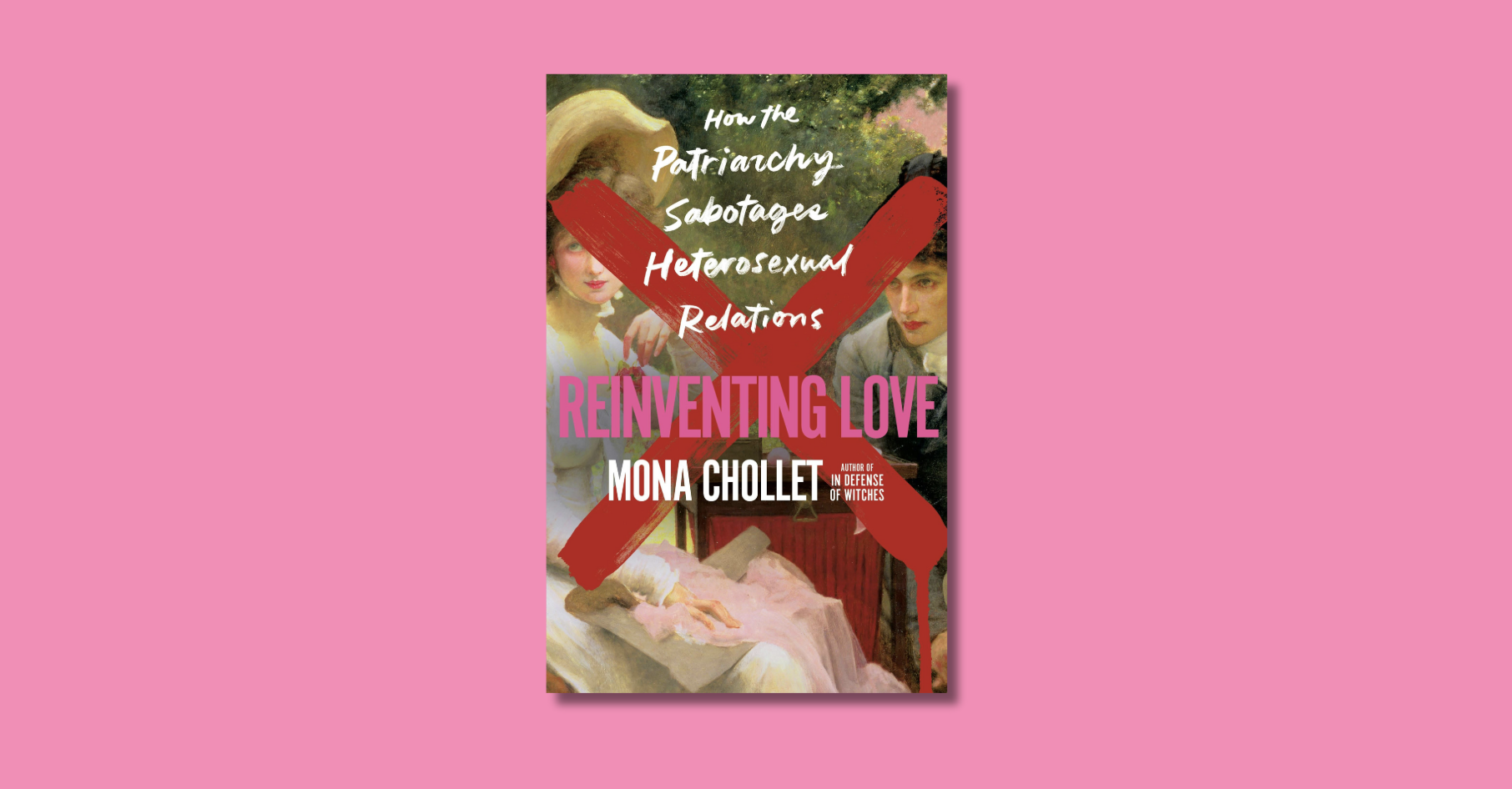1.
I was six months old when James “Jimmy” Baldwin died in the South of France in December of 1987. The world in which I grew up was heavily influenced by the words of this man and others like him. And yet, it wasn’t until recently that I began to appreciate the genius of his perspective, and what he was attempting to accomplish, especially in his earlier, reflexive types of writing. In his essay “Notes of a Native Son”, Baldwin speaks of his experiences growing up as a black man in a country that, at the time, wasn’t able to see him as a stakeholder in its vast and diverse holdings. In the essay, he recounted the moments when he realized that he was a black, gay man living in an America that hadn’t yet been able to come to terms with how it was actually composed: a composite of races, genders, sexual orientations andexperiences, as opposed to being made up entirely of tall, white, heterosexual, Protestant males.
Some have critiqued this essay for its aggressively Modern style and tone. As many Baldwinists have pointed out, his lyrical use of the semi-colon and the elevated language that William F. Buckley referred to as a fake “British accent” in his debate with Baldwin in 1965, remind many of his readers of the prose stylings of Henry James. His philosophy is unabashedly existential and heavily influenced by the time he spent with mid-century Left Bank Parisian intellectuals. How is it, then, that that piece—written so firmly in and for its time—resonated with a black kid who grew up in the age of Clinton, Lunchables, and Mighty Morhpin’ Power Rangers? I did not come of age in the America Baldwin wrote of, and yet I feel a deep affinity with the experiences Baldwin is describing whenever I read this essay. I don’t think that this is exclusively because of the fact that I am a black man and Baldwin was a black man.
I think that what makes Baldwin’s work resonate as it does is that what he describes in his writing are not necessarily historically contingent reflections on race, but moments of subjective epiphany; moments in which he realized that he was a subject upon whom the world placed certain ideas that may or may not have aligned with the person Baldwin saw himself to be. This is the brilliance that pools together at the center of his essay; it is at once and at the same time not at all about his race and sexuality. For Baldwin, in a subjective sense, his epiphanies involved his race, his sexual orientation. For you, though, your moments may have involved your gender or social class. My point is that moments of subjective epiphany are not relegated to a less progressive era in which prejudices were easier to hold on to; these moments are universal and happen to us all. This, for me, is where the primary power and draw of Baldwin’s “Notes of a Native Son” resides 60 years after its initial publication.
2.
My son is now a little over eight months old. He is, in a reductionistic way of thinking about it, part me and part my wife. This inevitably means that he is black like me and white like her. I’ve begun to wonder how his subjectivity will be constructed. No doubt it will be influenced by both the past and the present. “We are trapped in history and history is trapped in us,” Baldwin famously said in his essay “Stranger in the Village.” I wonder, though, what my role will be in all of this for him; if there’s any way at all that I can help him to be at peace with the person he sees staring back at him in the mirror.
3.
I’m fortunate enough to be doing my graduate work at a small, liberal arts college in Southern California, where, in the middle of January, I can walk to and from class in temperatures ranging from 65 to 80 degrees. In all honesty, if I’m running late or have forgotten a book, this walk can seem to be, in the moment, an annoyance. That being said, when I’m not sweating, trying to make it to teach on time, I think that there is some kind of intangible “good” that occurs when I’m forced to leave the isolation of my car, and be among my colleagues and my students. Halfway between my office and the classroom where I teach, stands the library. It is an imposing structure, built in the round, with long, plate glass windows encircling its face. On days when I’m not lost in some worry or thought about the future, I find myself, as vain as it sounds, glancing at my reflection in the glass as I walk past.
In that moment, I see a multiplicity of “me’s” fanning out across the polished surface. I see a man; someone who has self-identified as a male, and who carries some kind of patriarchal menace boiling underneath the surface of a seemingly calm exterior; I also see that I am inordinately tall, something I’ve been reminded of since the age of 15, usually by well meaning strangers and grocery store cashiers. This momentary glance also reminds me, in case I’ve had any reason to forget, that I am black; this, together with the other me’s that I see in the window constitute my “you.” My “you” is, essentially, the version of me that others see; it is the image I project out into the world. It’s the you that’s implied whenever someone says, “Hey, you!”—if people even say that anymore.
I talk in terms of “projecting an image” because, if I were to stop and study the reflection further, I would notice the details from which my image is composed; the khakis, the button down oxford, the brown leather dress shoes, the skinny tie. Close friends have often joked and said that when I teach I look like Flannery O’Connor’s Bible salesman in “Good Country People.” If you were to stop me as I was walking and ask why I wear these things, my initial reaction would be to tell you that I am a young teacher and that in order to project a sense of knowledge, experience, and authority that may or may not be beyond my years, I must dress to fulfill my student’s expectations of what a college professor should look like.
As I write this, though, there seems to be something deeper, more fundamental at work in the image I choose to project every day; a kind of “not this, but that” element to the clothes I wear, the music I listen too, the books I choose to read. In fact, I’ve come to believe that all this attention to detail, to the image, is my attempt to alter the “you” that people see when they walk past me in the street.
4.
When I was in high school, my church friends, who happened to be black, would come to visit me at my parents’ house in Anaheim. We would usually go out to the local Red Robin in Brea, limitless strawberry lemonade and bottomless seasoned steak fries. As simple as it sounds, it was actually a really good deal for a bunch of teenagers who had limited finances to work with. We were good kids, looking back, and we had been taught well about how to carry ourselves in public. Our only form of gregarious self-expression, if you could even call it that, was to wear extra large t-shirts with popular children’s cartoon characters on them instead of Nike or some surf brand. And yet, as the manager and hostess would talk in hushed tones about where to sit four black boys, it would become obvious as we walked past booth after empty booth to be sat either by the kitchen or the emergency exit, that something was amiss. Perhaps they wanted to make sure we could escape quickly in the case of a fire.
5.
Again, in high school, a friend and I were crossing the street to go into the Brea Mall, when a pickup truck overflowing with white teenage boys pulled up to the stop light. They rolled down the windows, music blaring and yelled, “Hey! Nigger!” The light turned green, and they sped off. It took me a moment for the shock to wear off and for me to realize that they were not using the term in the same way that I’d heard Jay-Z and 50 Cent use it in the songs I heard on the radio.
6.
As a college sophomore, I went with my grandfather to the American South. He took me to Birmingham, Ala., the city he had grown up in for most of his young adult life. The Birmingham Black Barons were the local Negro League baseball team and, as a boy, my grandfather would go to watch the black athletes play with his friends. This past Christmas, my sister-in-law got me a hat, that I had asked for, with three B’s on the front and Black Barons on the back.
The sad truth is that I’ve only worn it twice; I’m ashamed to say it, but there’s a part of me, the boy in me, who grew up hearing about violence and drive-bys in the streets, that is afraid that because I’m young, tall, black, and male, that people will see the three B’s on my hat and assume that it’s supposed to signify some kind of gang affiliation. It does not help that the body of the hat is black and the brim, fire engine red.
7.
These are some of the moments that were seminal in the construction of my subjectivity; they are just a sample of the moments in which I realized the gap between who I knew myself to be and who the world perceived me to be. I think that I project the image that I do, not to negate any of the visual traits that I mentioned earlier; rather, my projection is an attempt for me to try to embody the things about me that you can’t see in my reflection: my childhood obsession with Japanese anime; the fact that I’m a new father; that my earnest desire as an artist is to be, as James Baldwin says, “an honest man and a good writer.”
8.
In the First Council of Nicea in 325, there arose a debate over the ontological nature of Jesus. The question, essentially, was how was Jesus able to be both God and man, as the church scriptures taught. If he was only half-God and half-human or all God or all human, it presented the church with numerous theological and spiritual authority problems. The council came to the decision, then, that the best way to describe Jesus’s ontology was with a paradox; they decided that Jesus was both 100 percent God and 100 percent human.
To some, what I’m about to say may seem like a crude, if not sacrilegious comparison; that’s not my intention. What I want to use here is the way in which the council conceived of Jesus in light of the truth about who he claimed to be to illustrate a possible way forward for my son as he begins to experience his own subjective epiphanies. His being biracial, I think can be understood in the same way the council reconciled Jesus’s humanity with his divinity. For all intents and purposes, my son will be 100 percent influenced by me, his black father, and 100 percent influenced by his my wife, his white mother. This, to me, is different than his being 50/50 or having to choose between being black or white. While I obviously know that he will pick and choose the parts of his identity that best suit him, it is important, to me, for him to see himself as both fully black and fully white. I say this because I believe that both of his parents will help to define who he is, and to make him choose between the two of us, for the sake of bureaucratic convenience on a census or SAT fill-in-the-bubble-type situation, seems to me one of the gravest kinds of injustice.
9.
For the pessimist, all this may seem like much too grand a goal. And yet as I sit here, ensconced not in Baldwin’s America, but firmly in the second decade of 21st century, I find myself oddly comforted by the realization that even though the world we live in is still fraught with injustice, hatred, and abject cynicism, that even in the midst of all this, my son will have it better than any person who’s looked like him has had it before.
Image Credit: Pexels/lalesh aldarwish.









